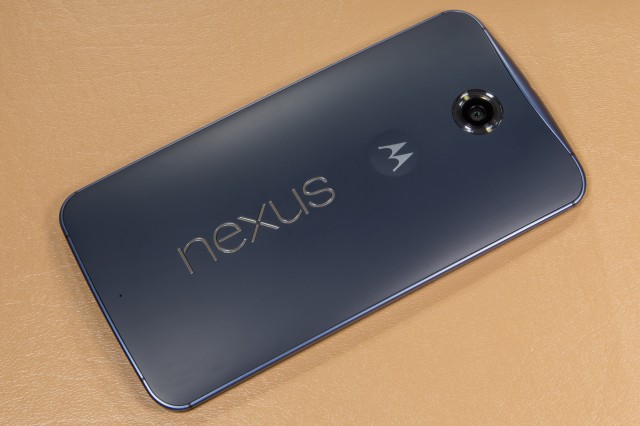
The earliest rumors of the Nexus 6, reported way back in July by Android Police, were pretty spot on. Google and Motorola (check) were building a 5.9-inch phablet (check), codenamed Shamu (check), to be released in November (check). It would target US carriers (yep), run Android L (uh huh), and have a fingerprint sensor (wait what?).
That last one didn't work out—the Nexus 6 never shipped with a fingerprint sensor. That doesn't really make the report wrong, though. Back when it was written, the Nexus 6 and Lollipop used to have a whole setup for reading fingerprints. The truth is out there, you just have to find the needle in the haystack that is the Android Open Source Project.
Here's the commit that removed fingerprint support from the Nexus 6. Filed at the end of August, it is very plainly described as "shamu: remove fingerprint support." Lines like "system/vendor/lib/hw/ValidityPersistentData:synaptics" point to the hardware being supplied by Validity Sensors, Inc., a fingerprint sensor company that was acquired by Synaptics a year ago. Synaptics frequently supplies touchscreen controllers to smartphone OEMs.
Presumably fingerprint scanning hardware was originally included in a prototype version of the Nexus 6 and the hardware removed later in development. The Nexus 6 has already been torn asunder, and there is definitely no fingerprint hardware in the final version. Synaptics/Validity has shown off clear, touchscreen-based fingerprint readers in the past, but according to iFixit, Motorola chose Atmel as the touchscreen supplier.
The hardware on the Nexus 6 was going to be a launch point for a whole fingerprint API in Android. Here's a commit that pulled some of the fingerprint code from Lollipop, saying "Hide fingerprint API until new API is ready." This commit indicated that the current implementation could perform "scanning, enrolling, [and] removing" a fingerprint, and another commit added the fingerprint scanner as a lockscreen security challenge.
Methods like "FINGERPRINT_ACQUIRED_TOO_FAST" and "FINGERPRINT_ACQUIRED_TOO_SLOW" in the fingerprint API suggest it supported a "swipe" style fingerprint reader, which, unlike Apple's stationary fingerprint reader, requires the finger to be moved across a sensor at the right speed. Another file said the system would show a picture indicating which part of the finger would need to be scanned next, which again points to it being more like a swipe reader and less like a whole-fingerprint scanner.
The fingerprint API would be open to multiple apps, with a comment saying Google had built "A service to manage multiple clients that want to access the fingerprint HAL API." Presumably this would allow apps like Google Wallet to use your fingerprint as authentication.
We've been through this situation before. Android 4.4 KitKat originally included a new camera API that was pulled toward the end of development, but was later discovered thanks to the Android source. Eventually the new camera API would see daylight in the next version of Android, 5.0 Lollipop. We're probably looking at a similar timeframe here. A fingerprint service would require new hardware and probably a new version of Android, so check back in 6-12 months. The good news is that it's under development.
reader comments
81